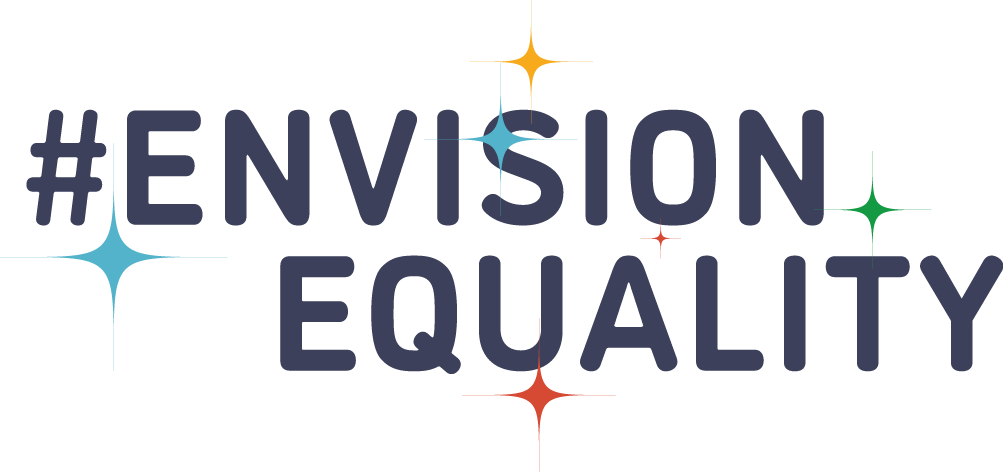
Suzanne Lerner
Cofounder and CEO of Michael Stars; Activist; Philanthropist
What would a gender equal world look like? How will we know when we’ve achieved it?
Equality is freedom—in the sense that everyone is free to dream, to form their own vision of themselves and have the chance to achieve it, regardless of gender or race.
What do you think it will take to achieve? (Who needs to be a core part of the movement/solutions? What strategies should we be focusing on?)
It’s all about taking concrete actions—especially now as we recover from the pandemic.
The first thing is to recognize that gender equality is intersectional. Women and gender nonbinary people of color are disproportionately affected by poverty, lack of economic opportunity, poor access to healthcare and other obstacles that block their path. So given that the root causes of gender inequality intersect with race, ethnicity and orientation, we have to take a more inclusive approach to how we define equality.
The second thing is getting gender equality in writing. In the U.S., gender equality must be explicitly written into our primary social contract, the U.S. Constitution. That means making the Equal Rights Amendment (ERA) the official 28th Amendment! There’s an incredible momentum around the ERA with diverse support across gender, race and even political perspectives. Thirty-eight states have ratified it. All that’s left to do is for the U.S. Senate to vote to approve lifting the deadline for ratification. Just do it!
The third thing is supporting grassroots organizations globally. There are many grassroots organizations, especially in developing nations, who have been fighting for equality with very little funding. Supporting them should be a priority for foundations and individual philanthropists.
Finally, multinational corporations need to step up to ensure fundamental rights like equal pay, access to childcare and family leave for all. They have the power to move mountains. They can show us what inclusivity looks like—workforces that reflect society, recruiting practices that reach out further than their own backyard, having women mentor men and placing more emphasis on helping people balance the responsibilities of work and family.
Given the current status of the world, what gives you hope and inspiration that we can achieve equality?
I started and ran several companies to gain the freedom, as a woman, to forge my own path. No matter how much talent I displayed, or how hard I worked, the way forward was typically blocked because of my gender. Thankfully, things have changed because of the work of many advocates who have tirelessly fought to help women gain equal pay, equal opportunity and equal protections under the law. These gains have been encouraging, but we need more!
Where I’m seeing the biggest change is in the business world. CEOs recognize that they can’t take a laissez faire attitude anymore when it comes to equality. Their companies are making multi-year and multi-billion-dollar commitments to close the equity gap, through new and expanded diversity and inclusion programs. Their influence is enormous and there’s no limit to the positive impact they can have. It’s imperative that they use this renewed sense of purpose to help change policies and laws across all the countries they work in.
If you had to give three pieces of advice to current lawmakers who desire to pass the equal rights amendment and support equality, what would you say to them?
The ERA is very much a bi-partisan effort that is supported by 75% of Americans—people with very diverse perspectives and backgrounds. So, if majority support for the ERA isn’t enough of a message for lawmakers and politicians, I would be very clear in saying that equality is good for business and business is good for equality—and what’s good for business is good for America!
Big companies understand this and that’s why the real leaders have come out in support of a constitutional amendment, rather than making vague statements about supporting equality. That’s because they understand that economic security, growth and prosperity are driven by gender equality.
We will have a more secure, healthy and prosperous country and world when women’s lives are valued equally to men’s lives.

